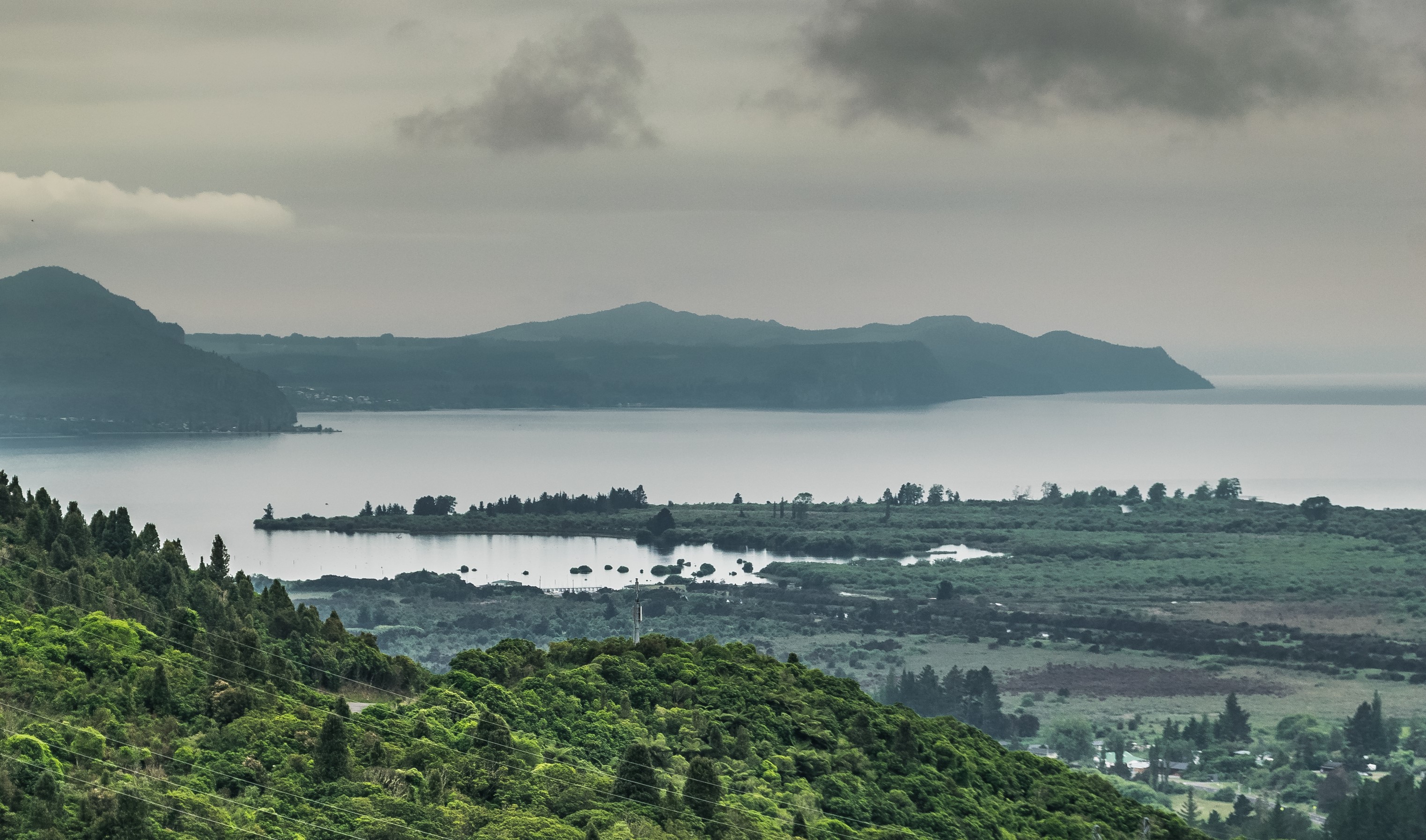News release
From:
Expert Reaction
These comments have been collated by the Science Media Centre to provide a variety of expert perspectives on this issue. Feel free to use these quotes in your stories. Views expressed are the personal opinions of the experts named. They do not represent the views of the SMC or any other organisation unless specifically stated.
Dr Finnigan Illsley-Kemp, Postdoctoral Fellow in Volcano Geodynamics, School of Geography, Environment, and Earth Sciences, Victoria University of Wellington
Lake Taupō conceals one of the world’s most active caldera volcanoes, which last erupted 1,800 years ago. Movements of magma and tectonic faults beneath the surface frequently cause the ground surface above the volcano to uplift and subside. In 1979 we began a novel surveying technique which uses the lake surface to detect small changes, with 4 surveys made every year since. In this paper we summarise this 42 years of data to show that within the lake, near Horomatangi Reefs, the volcano has caused 160 mm of uplift, whereas north of the lake the tectonic faults have caused 140 mm of subsidence. This shows that Taupō is an active and dynamic volcano which is intimately connected with the surrounding tectonics.



 New Zealand
New Zealand


